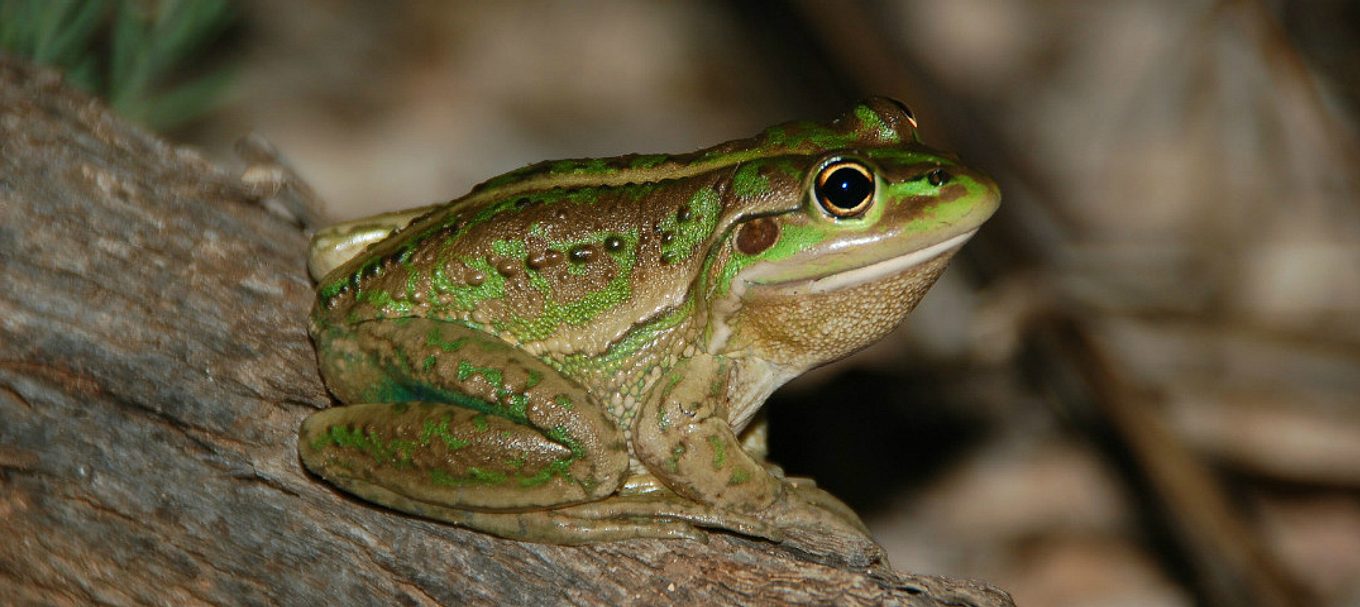
How ‘water for the environment’ is helping the River Murray
The River Murray is South Australia’s life-blood. It provides essential water for irrigation and industry, as well as our day-to-day domestic and recreational use.
But it also needs to provide for the species that rely on it to live.
Since colonisation, wetlands and floodplains across the Murray-Darling Basin, including in SA, have undergone major modification and widespread degradation.
As a result, we’ve seen declines of iconic and keystone flora and fauna species. Natural flood events now occur infrequently, their magnitude and duration are greatly reduced, leading to a deterioration of our wetland and floodplain ecosystems.
This is where ‘water for the environment’ comes in. It’s a term used to describe water in the River Murray that’s allocated solely to the environment, in an effort to keep the river, its wetlands and its floodplains healthy.
Through the use of ‘works’ – or water-control structures including dams, weirs, locks, levy banks, pumps and regulators – water is released to selected sites at specific times to ensure the best possible outcomes for our environment.
Here are a six great examples from the past year:
1. Improved waterbird habitat at Bookmark Creek
Since 2010, Bookmark Creek has received water from the Commonwealth Environmental Water Holder and the state’s Environmental Water Reserve, which has allowed it to remain connected and flowing for the past nine years.
Two photopoint monitoring images taken at Bookmark Creek in 2011 and 2019 have demonstrated a vast improvement in the condition of the creek – from a dry and salty irrigation disposal site to a healthier, fast flowing creek habitat.
This has resulted in a noticeable increase in native fish, frog, and waterbird species in the area.

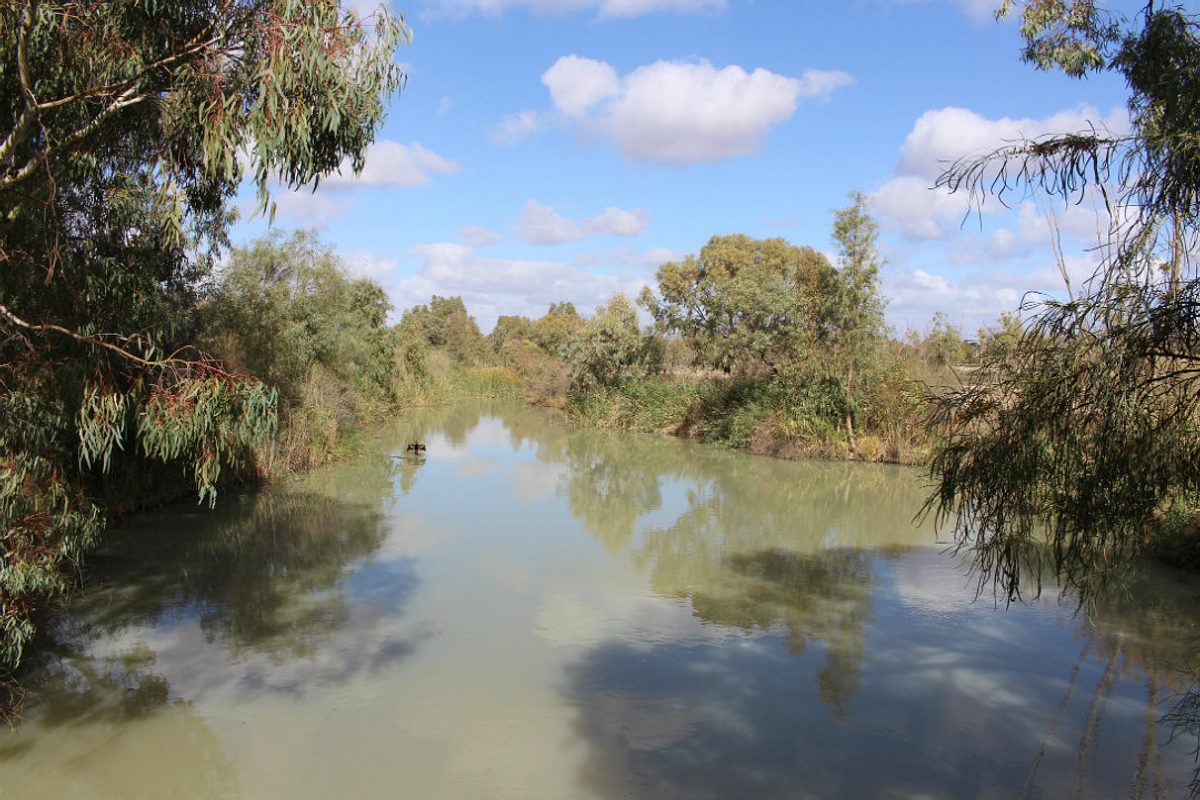
As the creek continues to recover, wetland monitoring by the Natural Resources SA Murray-Darling Basin floodplains and wetlands team, in conjunction with members of Renmark Paringa Landcare and the Bookmark Creek Action Group, has found a noticeable increase in native fish, frog and waterbird species in the area.
2. Flourishing wildlife throughout the Riverland
Photo monitoring along the River Murray has captured local wildlife flourishing across the Riverland floodplains.
The raising and lowering of water levels carried out at Lock 2 (Taylorville), Lock 5 (Renmark) and Lock 6 (Murtho) between May and November 2018 has helped to improve the health, resilience and biodiversity of the local riverine environment.
This has encouraged growth and breeding in the lifecycle of many living organisms and increases in the diversity of vegetation – attracting a lot of native animals to wetlands and floodplains.
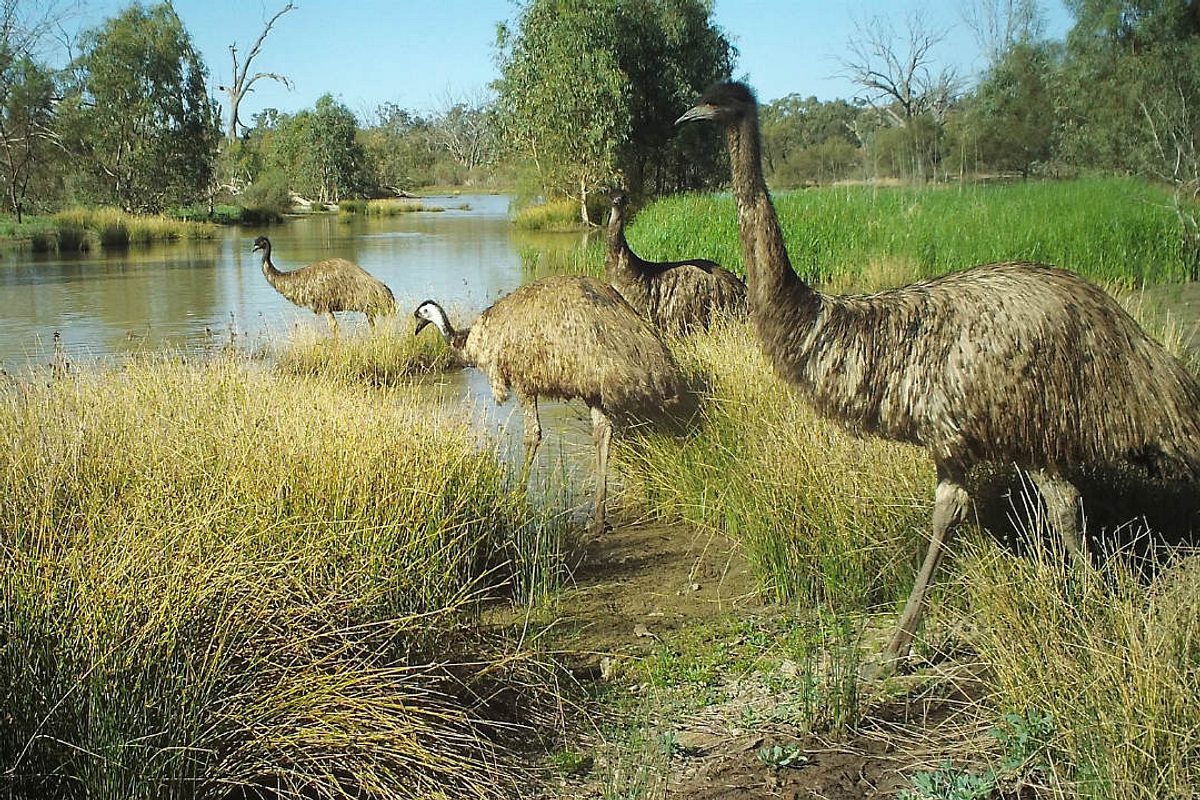
3. Breathing life into our wetlands
Wetlands play a key role in water quality as they can assist in filtering out sediments, nutrients and pollutants, which in turn helps to provide improved habitat that supports a larger and more diverse group of native plants and animals.
They are a crucial part of the Riverland’s natural landscape and need water to stay alive.
Delivery of water for the environment from the Commonwealth Environmental Water Holder has enabled replenishment to 18 wetland sites across the Riverland over this 2018-19 spring/summer period.
One of these sites, Overland Corner Wetland, located adjacent to the River Murray immediately downstream of Lock 3, is part of the cluster of wetlands that surround and extend the Banrock Station Ramsar Wetland site.
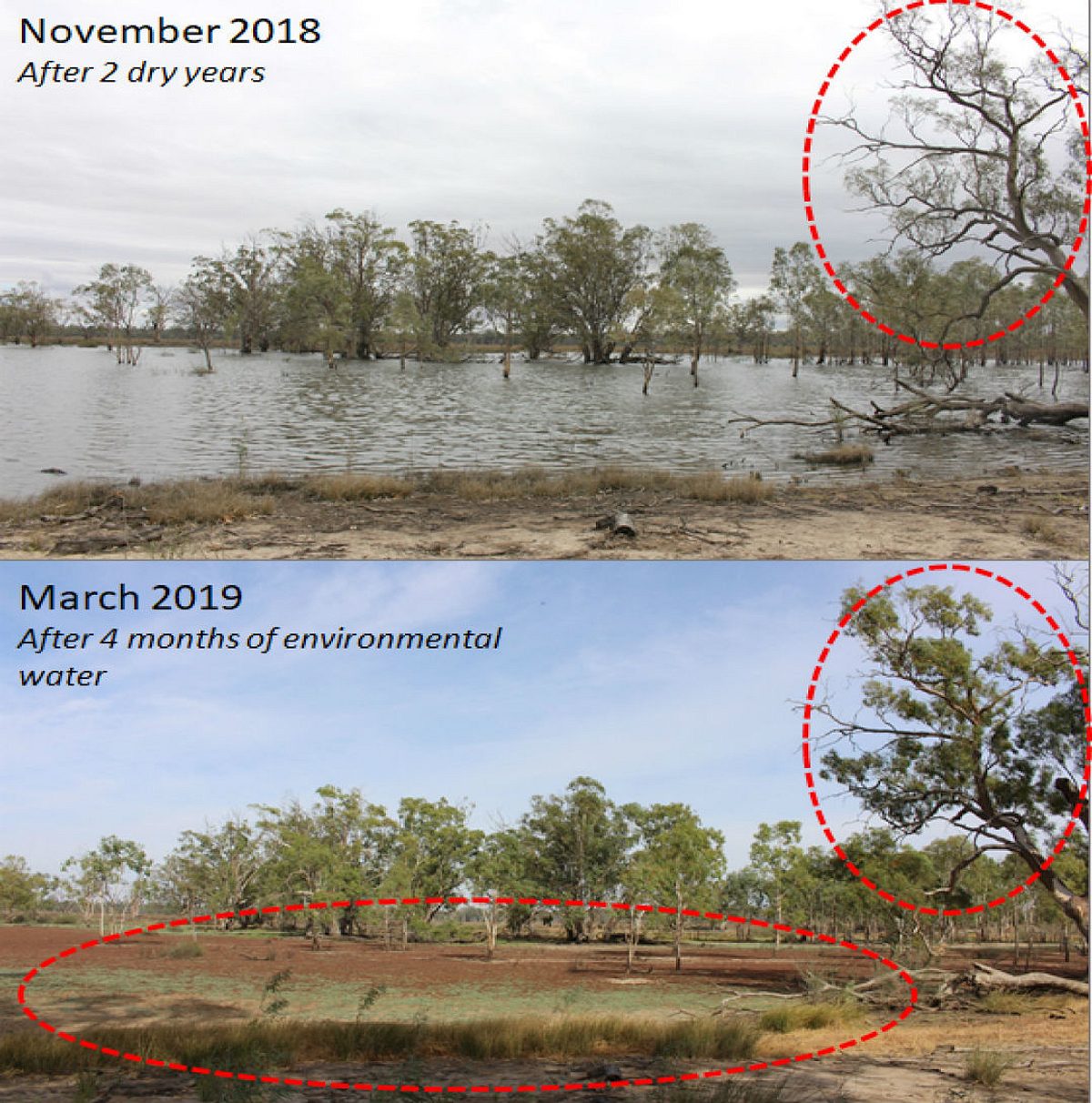
The environmental watering undertaken at Overland Corner has maintained and improved the condition of long-lived vegetation such as river red gum, black box, river cooba and lignum, including both mature and recently regenerated trees.
A number of nationally vulnerable southern bell frogs have also been found during recent monitoring at Overland Corner Wetland.
4. Floodplain watering at Chowilla – creating a wildlife refuge
Successful use of the Chowilla environmental regulator between August and December 2018 to raise water levels in the Chowilla Creek brought water levels to about 2.1 metres above normal.
This resulted in water reaching the top of creek banks and water entering low-level flow areas and into a number wetlands – covering about 2,250 hectares and giving the area a much-needed drink.
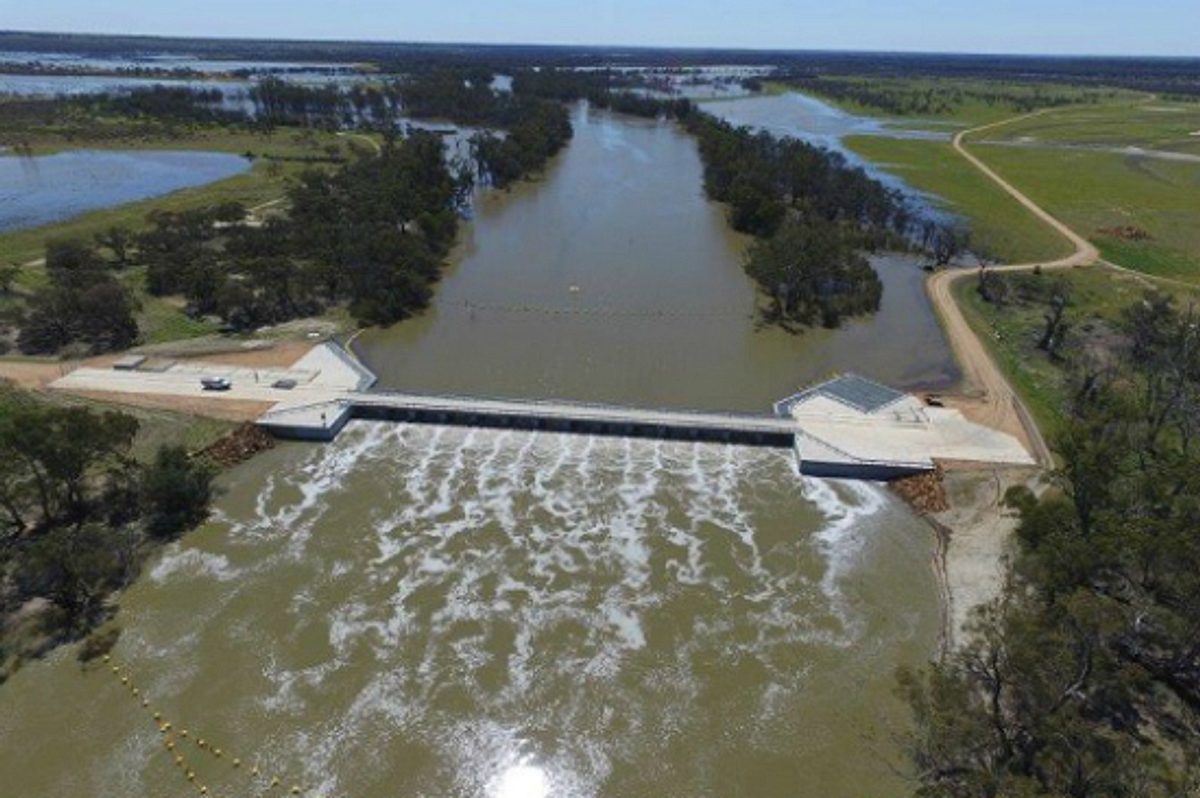
These flows have seen amazing results for wildlife in the region, including:
Fish
Fish monitoring after the flows revealed a small number of large golden perch in wetlands with one more than 50 centimetres long, as well as a small number of juveniles.
A range of small native fish were recorded as well as large numbers of shield shrimp and fairy shrimp, juvenile mussels and other macro invertebrates.
Frogs
Thanks to this important water for the environment, six species of frogs were heard calling during night surveys. This included the southern bell frog, which is listed as a vulnerable species under the Environment Protection and Biodiversity Conservation Act 1999.
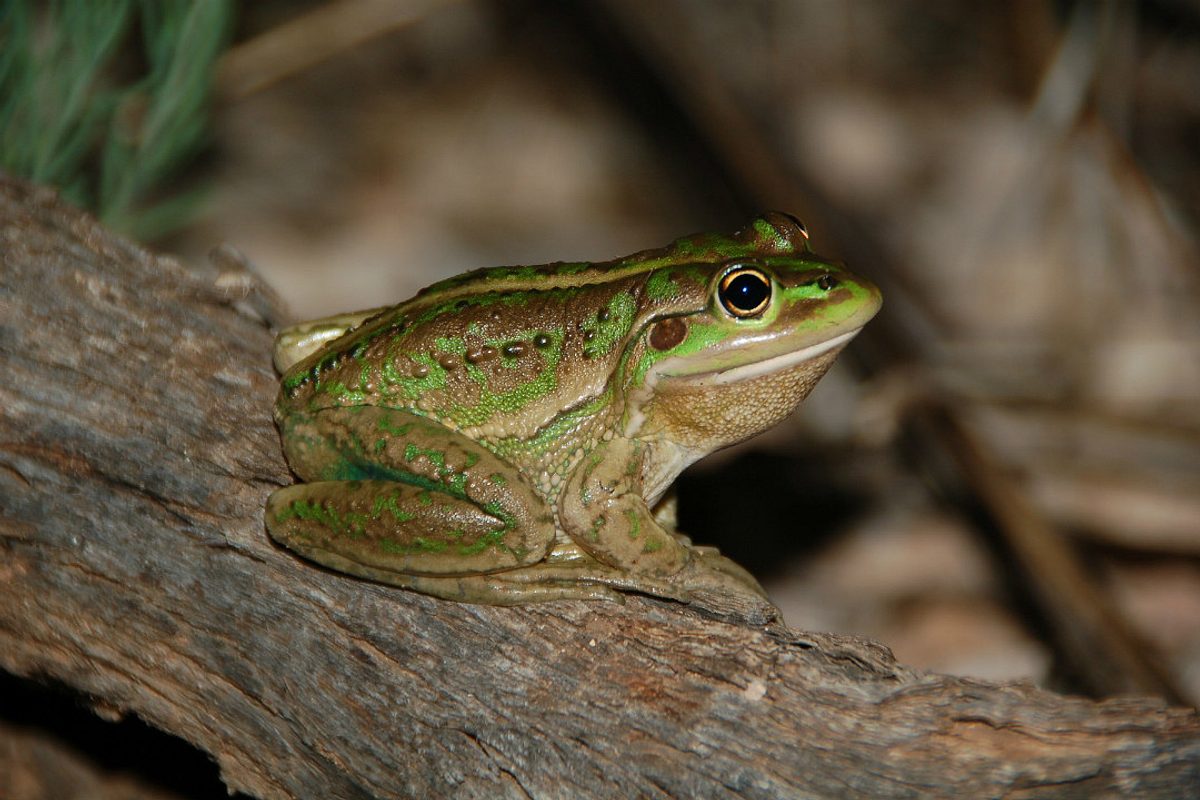
Birds
The wetlands and lakes in the region became feeding grounds for a range of waterbird species including grey teal, great cormorants, black-fronted dotterel, yellow-billed spoonbills and large numbers of pink-eared ducks and avocets.
There were also some amazing sightings of four rare bird species not often seen in the region:
- Seven rare, unpredictable and nomadic outback ground cuckoo-shrikes were sighted during summer bush bird monitoring.
- The highly secretive Lewin’s rail was heard calling in an area of flooded lignum near Lock 6. This bird is notoriously shy but can be identified by its unique call.
- A juvenile white-bellied sea-eagle, listed as vulnerable in SA, was sighted at Pilby Lagoon in mid-January 2019.
- The rarely seen Baillon’s crake, with its beautiful pale green bill and legs and distinctive white and black barring on its undertail, was observed near Coppermine Waterhole.
Delivery of water for the environment in dry years is particularly important as it provides refuge areas for bird species like these to feed and breed.
5. New generation of black bream appearing in the Coorong
Thanks to the successful delivery of water for the environment at the Lower Murray barrages, we’ve also seen the iconic estuarine fish – the black bream– breed and grow in the Coorong.
The population in the Coorong has been in severe decline since the late 1980s, with little to no baby black bream recorded in recent years.
Researchers from PIRSA’s South Australian Research and Development Institute (SARDI) detected the 2018 cohort of baby black bream in good numbers as part of a fish monitoring program in March 2019.
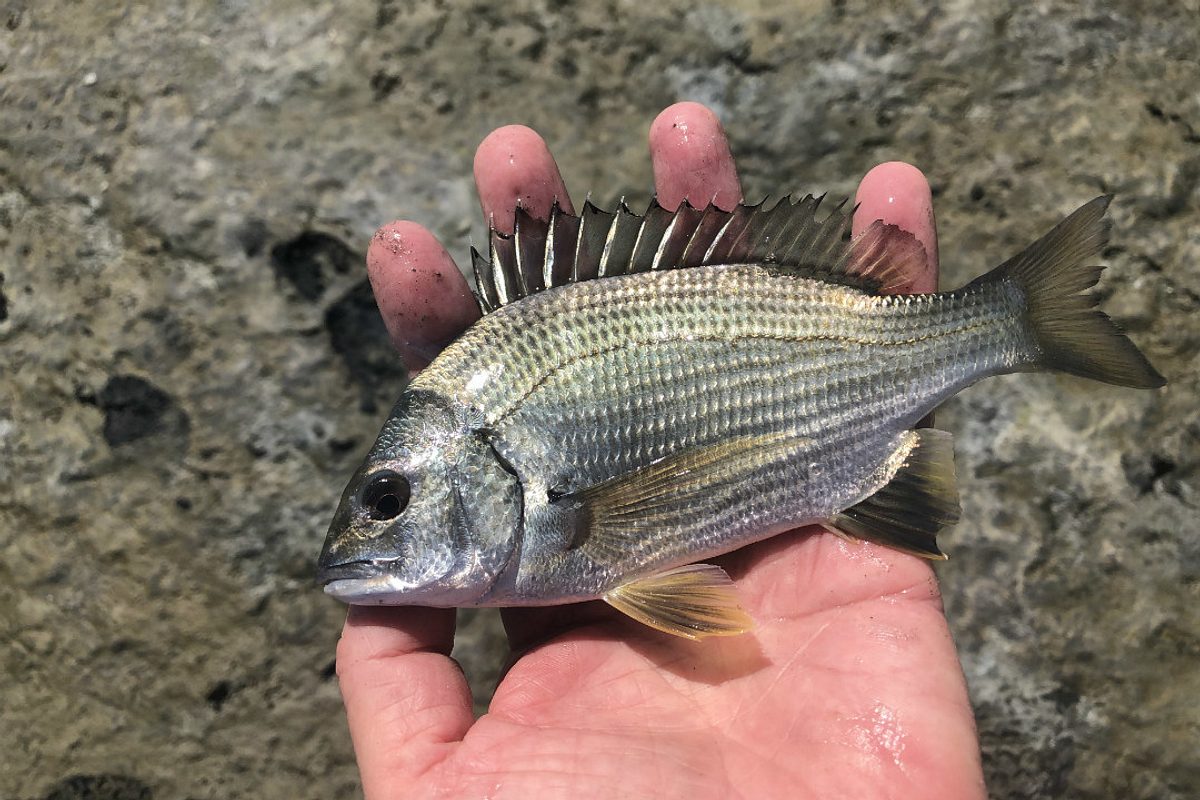
Black bream populations have struggled in recent years, so seeing these successful new recruits is a positive sign.
It’s still early days and it will take a few years before they’re reproductively mature, but seeing them get to this point is extremely positive.
This is a fantastic result for recreational and commercial fishers as the black beam is a popular species with the local fishing community.
6. Pelican breeding in the Coorong
Innovative drone monitoring technology by the University of Adelaide has revealed the iconic Australian Pelican has been actively breeding in the Coorong South Lagoon, despite drier conditions.
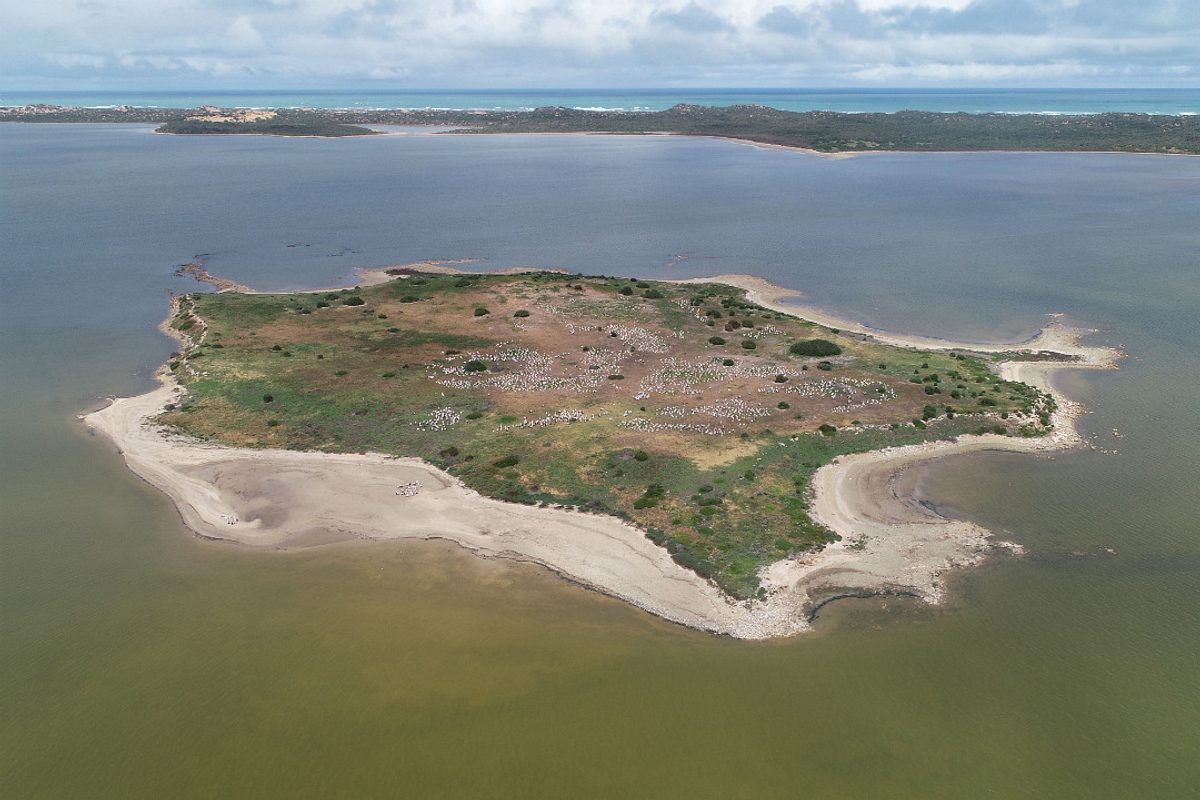
Australian pelicans breed in several locations within Coorong National Park. The majority of breeding occurs on a cluster of islands known as the Pelican Islands, situated approximately 10 kilometres north-west of Salt Creek.
Conditions have been dry throughout the first half of 2019, and the survival of pelican fledglings and juveniles is very much dependent on rainfall and delivery of water for the environment throughout the winter months.
These projects have been supported by the Commonwealth Environmental Water Holder, The Living Murray, The University of Adelaide, SARDI Aquatic Sciences and the South Australian Murray-Darling Basin Natural Resources Management Board.
Want to know more about how ‘water for the environment’ works? Check out our story:Everything you need to know about the River Murray’s ‘water for the environment’.





